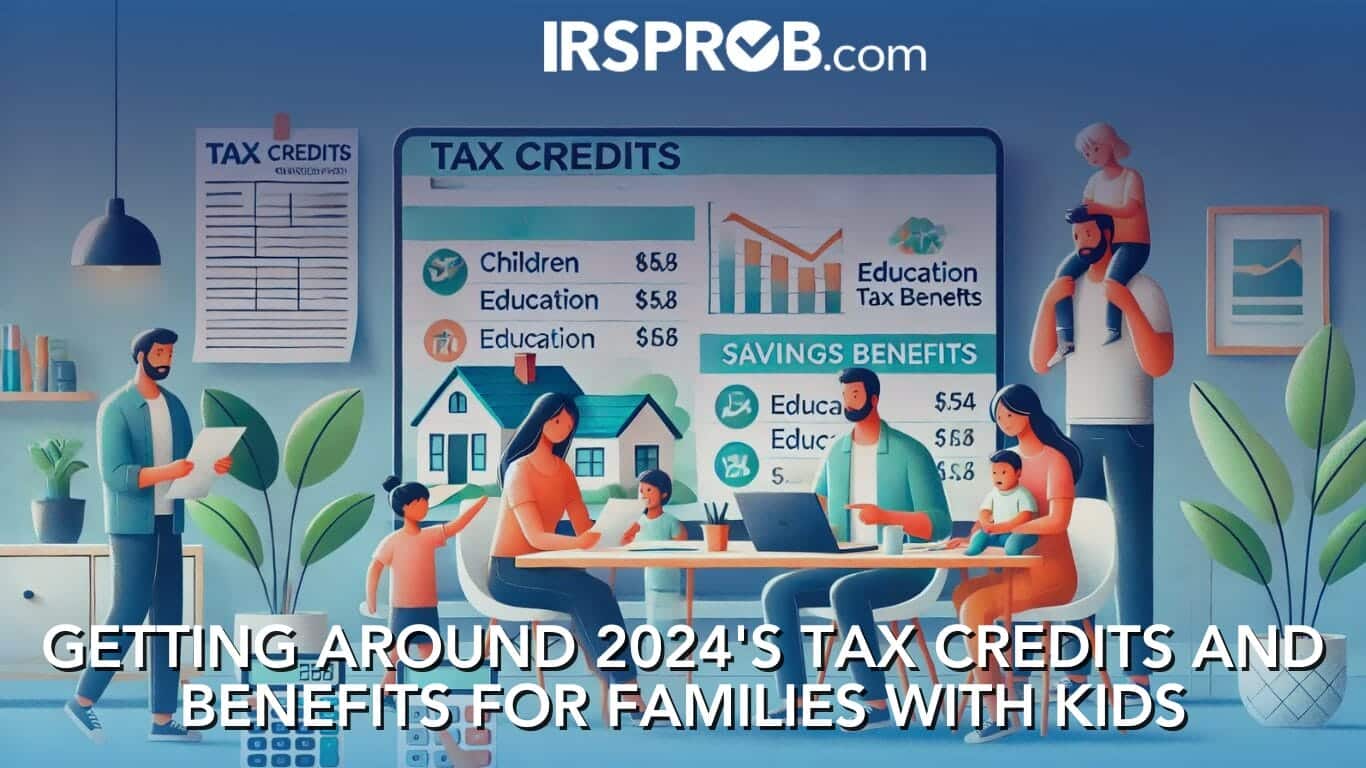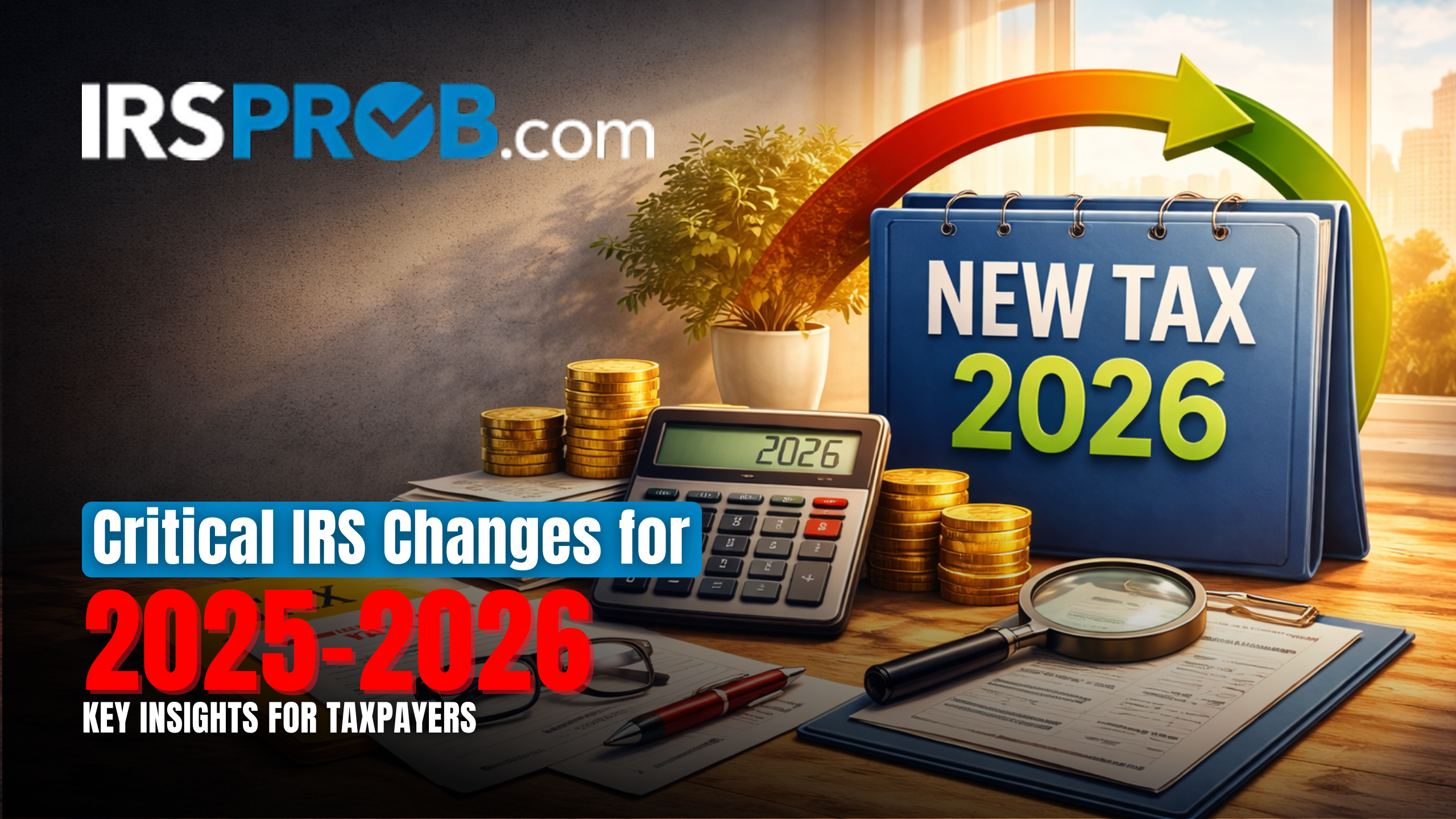
As 2024 unfolds, tax laws continue to evolve, and families with children can take advantage of several credits and benefits designed to ease financial burdens. Understanding these options is crucial for maximizing tax savings, especially for business owners balancing personal and professional obligations. Here’s a breakdown of key tax provisions families with children should be aware of for the 2024 tax year.
Child Tax Credit
The Child Tax Credit remains a significant relief for families. For 2024, the maximum credit per qualifying child (under 17) is $2,000. However, only $1,700 of this amount is refundable, meaning if your tax liability is low, you may still receive up to $1,700 as a refund. This credit begins to phase out for higher earners, with reductions starting at:
- $400,000 for those filing Married Filing Jointly.
- $200,000 for Single, Head of Household, or Married Filing Separately.
In addition to this, a nonrefundable credit of up to $500 is available for dependents who do not qualify for the Child Tax Credit. This could include elderly relatives or dependents over 17 years of age.
Child and Dependent Care Credit
Families often incur expenses for child or dependent care while working or attending school. The Child and Dependent Care Credit can offset these costs, covering 20-35% of qualifying expenses. For 2024, the maximum qualifying expenses are:
- $3,000 for one qualifying person.
- $6,000 for two or more qualifying persons.
Eligible expenses include daycare, before-and-after-school care, day camps, and even some household services, like babysitters or housekeepers, provided they contribute to the care of a qualifying person.
For example, if a family like George and Mary paid $9,000 in child care expenses in 2024 but also excluded $5,000 from their income through an employer-sponsored dependent care benefit plan, they would only be able to claim a $1,000 credit ($6,000 less $5,000). This illustrates how employer benefits can impact your tax calculations.
Earned Income Credit (EIC)
The Earned Income Credit is a refundable credit available to low-income earners. In 2024, the maximum credit can be as high as $7,830, depending on your income, filing status, and the number of qualifying children in your household. This credit can be a significant boost for families, but there are specific rules that must be followed:
- Both you and your spouse must have valid Social Security Numbers.
- You must be a U.S. citizen or resident alien for the entire year.
- Investment income must be less than $11,600.
Adoption Credit
Families who have adopted or are in the process of adopting children can claim the Adoption Credit, which offers up to $16,810 in 2024 for eligible adoption-related expenses. These expenses could include adoption fees, court costs, attorney fees, and travel expenses. The same amount can also be excluded from income for employer-provided benefits. However, the credit and exclusion cannot be claimed for the same expenses.
Education Credits
Families with children attending higher education institutions can also benefit from education credits. The American Opportunity Credit offers up to $2,500 per student for the first four years of higher education. Additionally, 40% of this credit is refundable, meaning you could still receive a refund even if your tax liability is minimal. Meanwhile, the Lifetime Learning Credit provides 20% of the first $10,000 in qualified education expenses, with a maximum credit of $2,000. Income phaseout limits apply to both credits, starting at $80,000 for single filers and $160,000 for married filers.
Maximizing Your Tax Savings: Strategies for Business Owners
If you’re a business owner with children, taking full advantage of these credits and deductions is vital. Beyond family credits, consider planning your business expenses around childcare needs or employee benefit packages that include dependent care assistance. Many business owners also benefit from flexible spending accounts (FSAs) and dependent care accounts, which allow tax-free contributions for childcare expenses.
Conclusion
Navigating tax credits and benefits for families with children can seem overwhelming, but understanding the basics is crucial for maximizing your potential savings. Whether it’s the Child Tax Credit, Child and Dependent Care Credit, Earned Income Credit, or education-related benefits, there are several avenues to reduce your tax burden in 2024. Business owners, in particular, can benefit from strategic tax planning to ensure they fully leverage both personal and professional tax opportunities.
As always, consult with a tax professional to tailor these strategies to your specific situation and ensure compliance with all current tax laws. For more insights, visit IRSProb.com or contact our office for personalized tax planning.







